There are two very good reasons to use less energy in your home: it will help you reduce your carbon footprint and it will leave you with a much smaller energy bill every month. It doesn’t have to cost you an arm and a leg to make the changes either. Here are some easy ways to make your home more energy-efficient.
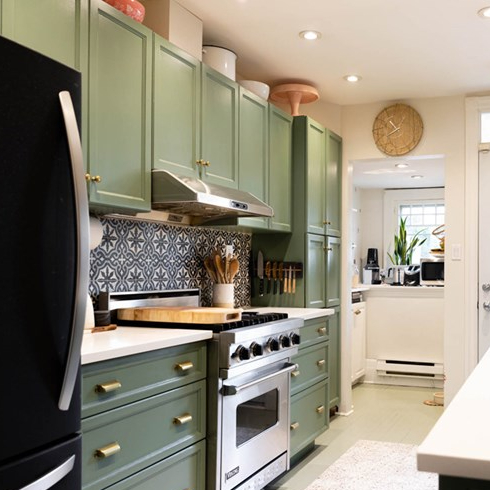
Do an Energy Audit
Before you blindly make upgrades, find out how much energy your home uses and where it uses more energy than it should. You can have a professional energy audit done or you can do it yourself by using this City of Vancouver guide.
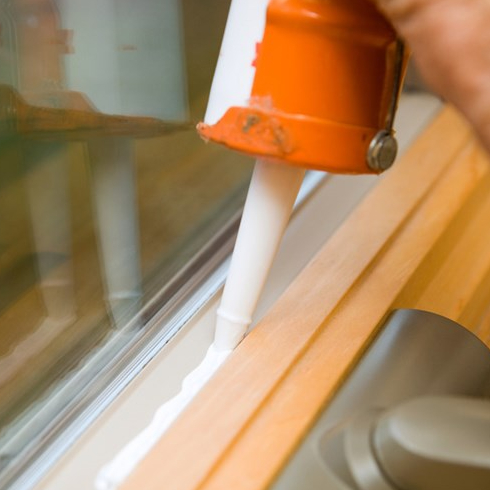
Caulk and Weather Strip
When there are gaps around your windows and doors, warm air will escape and cold air will enter your home in winter, so you’ll have to turn up the thermostat. For more energy-efficient windows, check the caulking and weather stripping around your home and plug any gaps to prevent heat loss.

Insulate
Good insulation will help keep heat inside in winter and outside in summer, so you’ll have to rely less on appliances for heating and cooling. Pay special attention to the attic and ceiling but remember to insulate the floors and walls too.
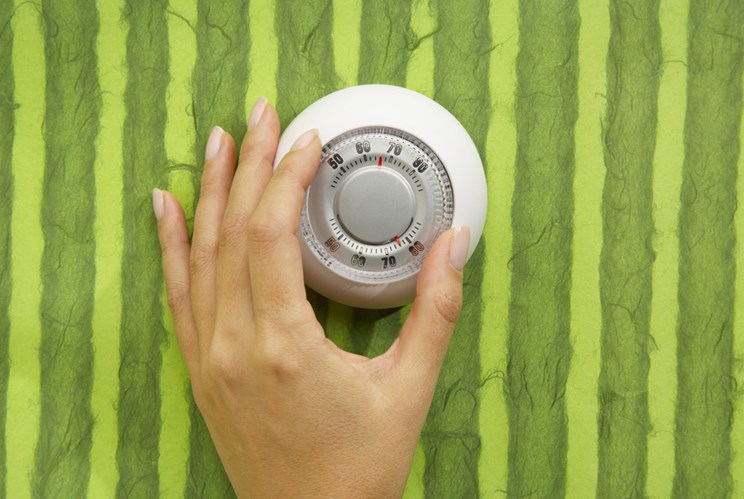
Adjust the Thermostat
Adjusting your thermostat even by only a degree or two can make a difference in the amount of energy your home uses. In winter, turn it down three or four degrees when you’re going out and in summer, turn it up again.
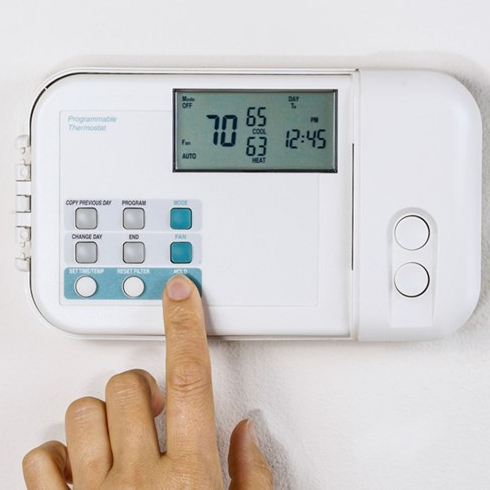
Get a Smart or Programmable Thermostat
A smart or programmable thermostat will save you the effort of having to adjust the thermostat manually. You can program it according to your schedule and it will automatically do the rest.
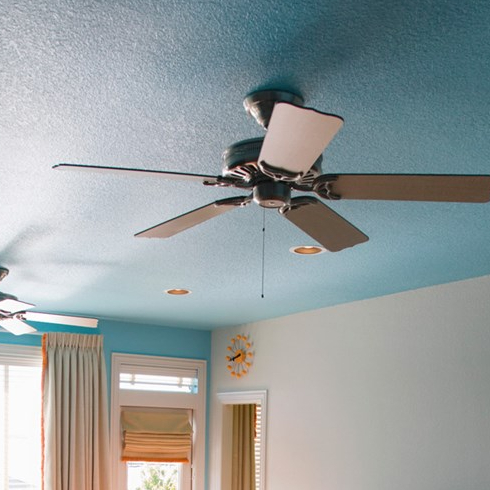
Install Fans
Fans use only a fraction of the energy your air conditioning unit needs. Save the air conditioning for only the unbearably hot days and use ceiling or electric fans the rest of the time to cool your house.

Change the Filters on Your HVAC Unit
Your HVAC unit will work more efficiently with clean filters. For the average home, the filters will need changing every three months or so. If you have pets or suffer from allergies, you’ll need to change the filters more often: about every 45 days.
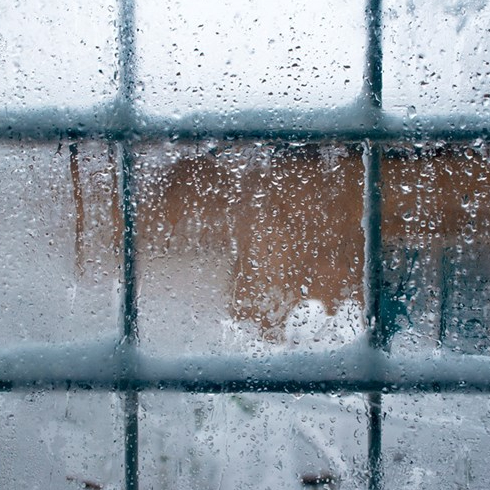
Install Energy-Efficient Windows
The right windows can help regulate the temperature inside your home. There are different options when it comes to energy-efficient windows, including double or triple glazing, e-coating and vinyl windows.
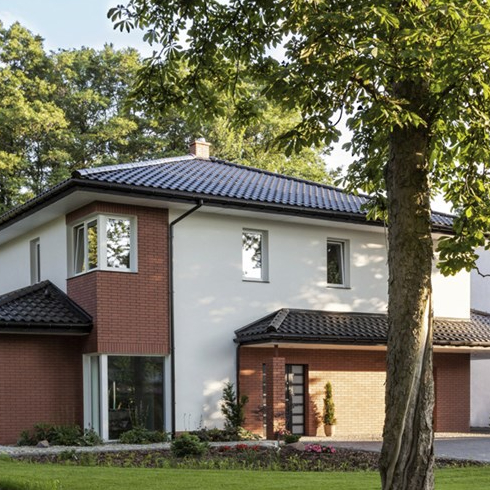
Plant Some Trees
Deciduous trees on the south and west sides of your home will provide shade and keep your home cool in summer. In winter, the bare branches won’t block the sun from shining in through the windows and heating your home when you need it.
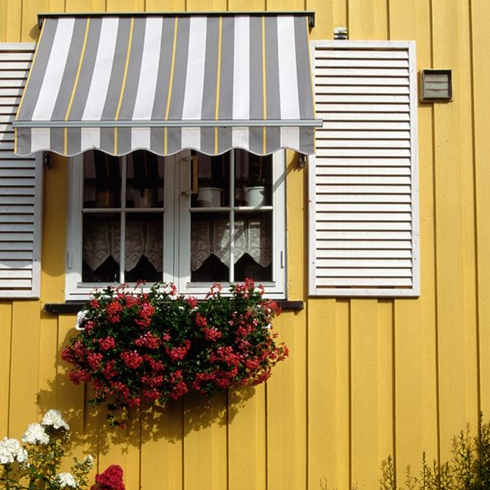
Install Awnings
Another way to keep sunlight from heating your home in summer is to install awnings over your windows. Retractable canvas awnings are more energy efficient because they still allow for ventilation and on cold days – you simply roll them back to let the warming sunlight in.
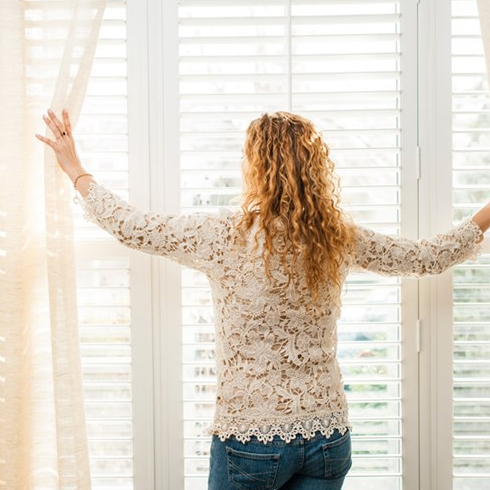
Know How to Use Window Treatments
In winter, keep window treatments such as blinds, curtains and drapes open during the day to let the sunlight in and then close them at night to prevent heat from escaping. In summer, use light-coloured window treatments that will reflect the sun’s rays away from the window and keep them closed during the day.
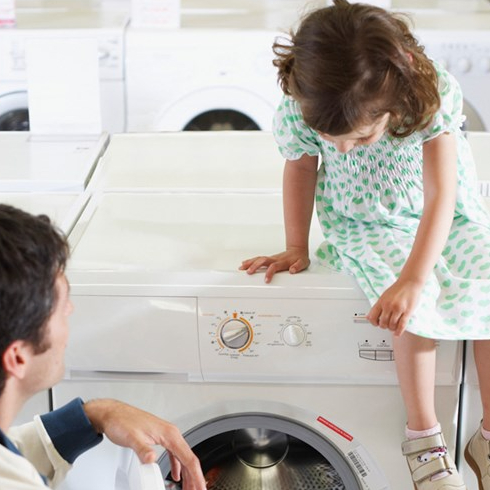
Get Energy-Efficient Appliances
Energy-efficient appliances use less electricity and water, so they’re a great investment. They can even help increase the value of your home.

Keep Large Appliances Clean
When dust collects around the motor that runs a large appliance such as a fridge or washing machine, the motor needs to work harder and uses more energy. Vacuum the back of your appliances every few weeks to remove dust and pet hair.
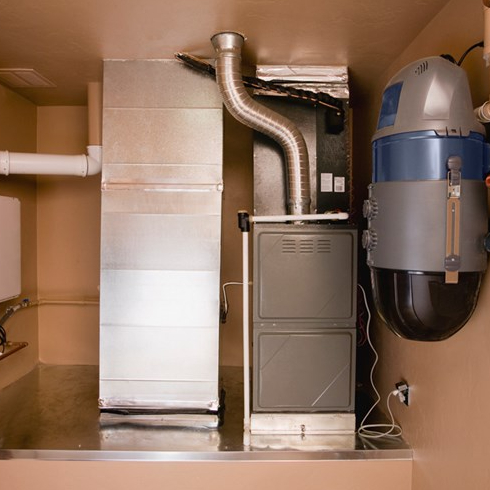
Get a Tankless Water Heater or Energy-Efficient Furnace
A tankless water heater gives you hot water on demand, rather than heating and storing water all the time. It costs more but you’ll soon recover the cost through energy savings. A tankless water heater takes up less space too. Ditto an energy-efficient furnace. Pricier, but worth the expense.

Wrap Your Water Tank
If you have a water tank rather than a tankless water heater, you can still save energy by wrapping the tank in a blanket or other insulating material. This will prevent heat loss.
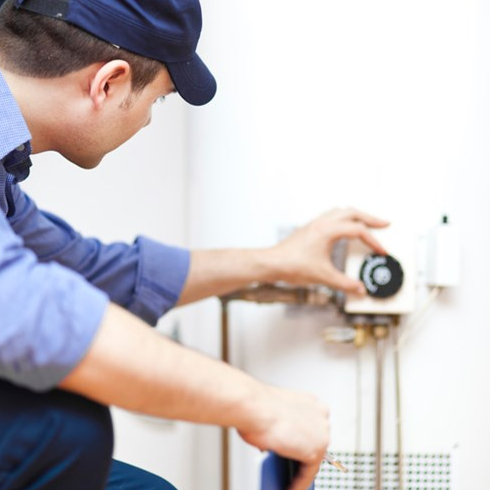
Turn Down Your Water Thermostat
When you have to turn on the cold-water tap too so you won’t burn yourself in the shower or bath, you’re wasting energy on water heating. Turn down the water thermostat to about 55 to 60 degrees for comfortably hot water.

Install Skylights
The more natural light there is in your home, the less energy you’ll need for lighting. Strategically placed skylights will not only add light but ventilation too. However, remember to choose properly installed, energy-efficient skylights so they won’t contribute to heat loss in winter.

Choose Lighter Paint Colours
Lighter paint colours for interiors not only make rooms look bigger but also reflect light, so you can rely less on artificial lighting. For your home’s exterior walls and roof, they’re a great way to reflect sunlight and keep your house cool.
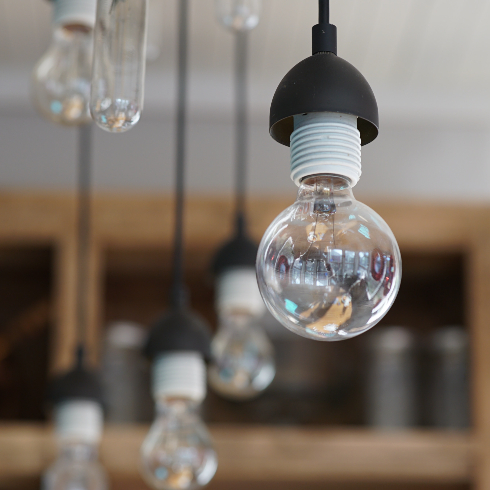
Change the Lights
LED and CFL light bulbs use less energy than incandescent bulbs. When you’re switching to these more energy-efficient options, also consider the wattage. In rooms that you use less often or that you don’t want too brightly lit, install bulbs with a lower wattage to save even more energy.
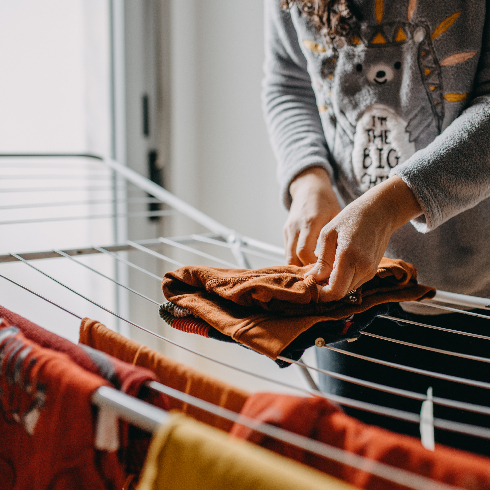
Air Dry Your Clothing
Go back to air-drying your dishes rather than letting the dishwasher do it for you. Also install a clothesline outside and invest in a fold-up clothes rack so you can air-dry your laundry regardless of the weather.
Home Network your inbox.
By clicking "SIGN UP” you agree to receive emails from Home Network and accept Corus' Terms of Use and Corus' Privacy Policy.




